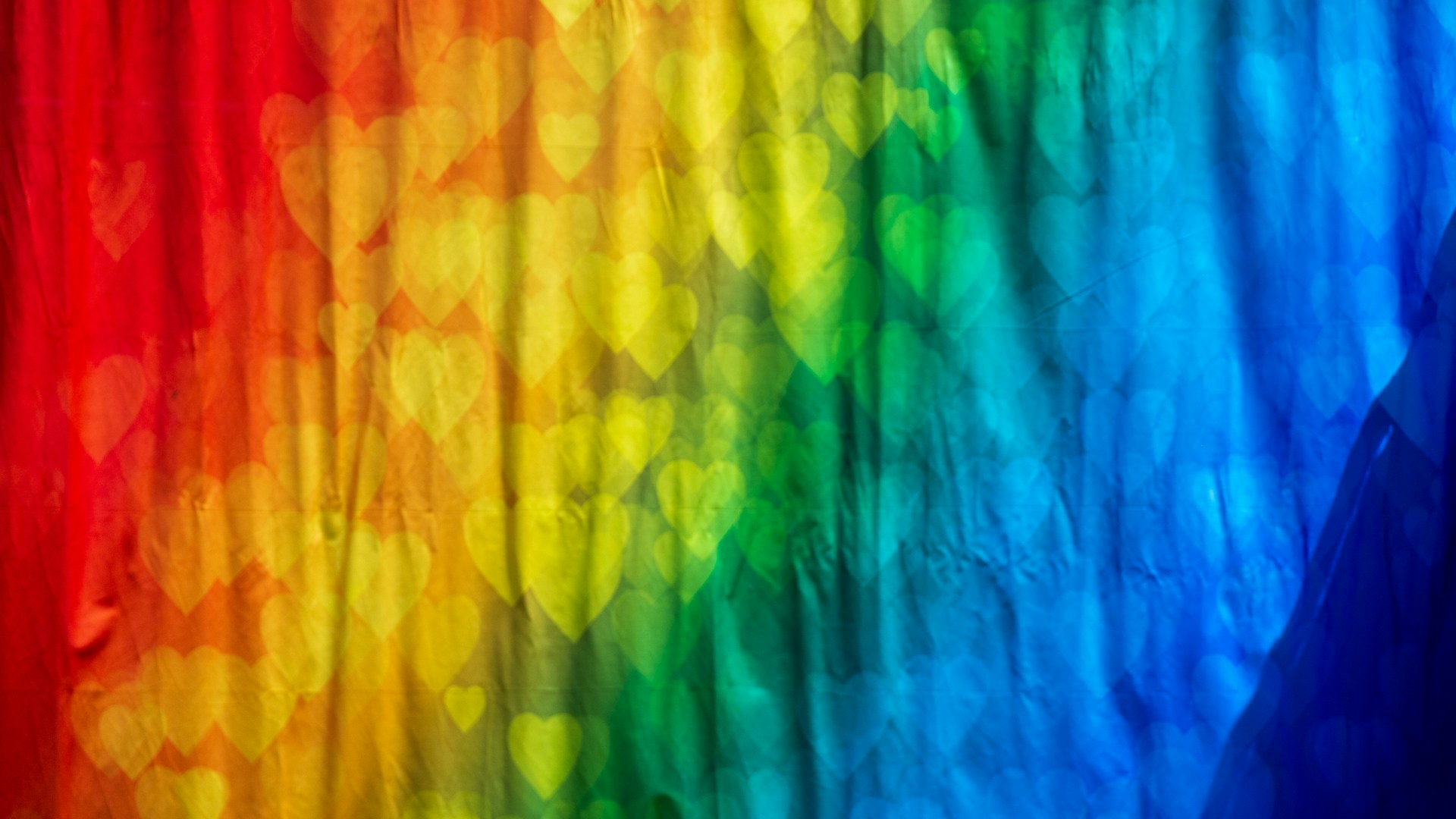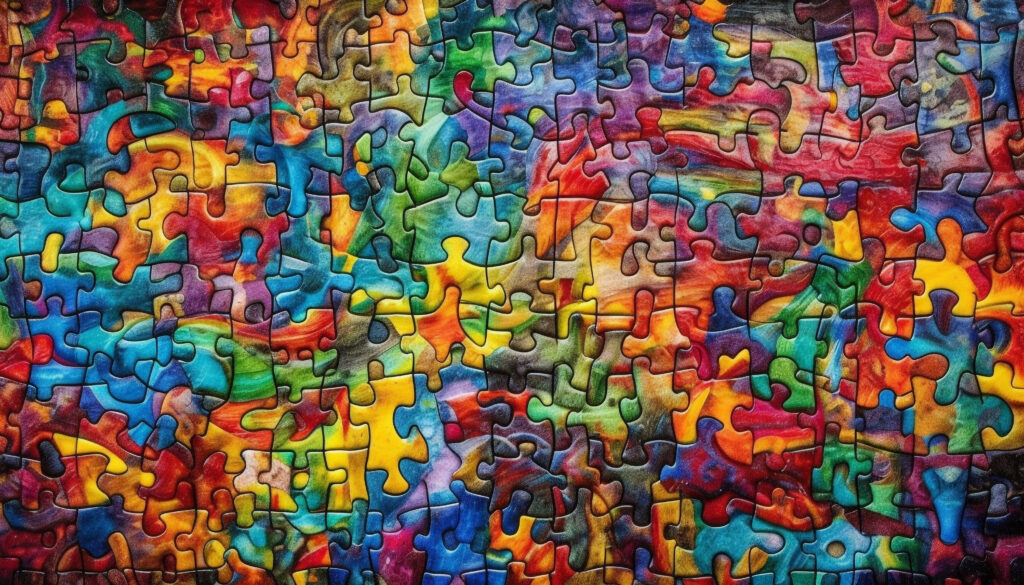Intersectionality is about understanding how different aspects of a person's identity—such as race, gender, sexuality, class, and more — combine to create unique experiences of discrimination and privilege.

When Laverne Cox was asked to tell a crowd at Harvard University about herself as she gained success for her role in Orange Is The New Black she asked, “what do you want to know about me?”
Her answer was very intentional.
“I sit here this afternoon a proud transgender woman, an African American transgender woman from a working-class background, raised by a single mother,” Cox said. “I sit here an artist and an actress, a sister and a daughter. And I believe it’s important to name the various intersecting components of my multiple identities because I’m not just one thing.”
Cox’s words highlight the essence of intersectionality, a term coined by Kimberlé Crenshaw. Intersectionality is about understanding how different aspects of a person’s identity—such as race, gender, sexuality, class, and more — combine to create unique experiences of discrimination and privilege.
This concept plays out in many ways throughout our day — in our schools, sports teams, and communities. Let’s consider the experiences of Ian.
Ian hoped doing theater and dance would help express and communicate who they were. And while it did in some ways, Ian was often given gendered roles they didn’t feel comfortable with. Because they are also neurodivergent, it was difficult to explain why that was so frustrating.
“I have struggled with loving myself and caring for myself, largely because the world has told me that I’m broken — because I’m trans, because I’m neurodivergent, and because I happen to be both,” the teen says. “I explain to them why they’re wrong, but my communication issues often make it hard to articulate exactly how my gender identity feels even when people are very accepting and validating of me, so it’s even harder when they’re not.”
For Ian, being transgender and neurodivergent are both important parts of how they identify.
“These things make me different, and they definitely present big challenges in my life, but they don’t make me less than anybody else,” Ian explains.
To better understand the situations that people like Ian find themselves in, it is important to explore their identity through the lens of intersectionality.
Think of it like a web where each strand represents a different part of your identity. The more strands you have, the more unique and complex your experiences are.
For Ian, that means being a white, transgender, neurodivergent teen from North Carolina. Intersectionality helps us understand how different aspects of a person’s identity combine to create unique experiences of discrimination and privilege.
When Crenshaw first wrote about the idea of intersectionality she was exploring in a paper the way that courts handled three specific cases that involved both racial and sexual discrimination. Crenshaw wrote, she believed, the courts used a narrow perspective, by only thinking about one of those issues, not both. She said she believed that ignored the fact that Black women are both Black and female, so they can face discrimination because of their race, their gender, and often both at the same time. Over time, that concept and lens gained traction, and taking on larger and more varied views of complex identities.

When we look at the mental health of struggling teens, it is important to see all of the different factors that can contribute to making their journey more difficult.
Let’s explore how the first day of school would be different for a variety of teens based on their complex identities:
When we consider intersectionality, we see how multiple factors can affect mental health, making it harder for teens to fit in or feel safe discussing their feelings. These compounded challenges can lead to higher rates of anxiety, depression, or suicide among marginalized groups.
Sawyer Dowd knows the statistics well. He rattles them off as part of a Tedx Talk he is giving.
He adds: “For autistic youth, they’re three times more likely to attempt suicide, which jumps up to eight times when you consider only female autistics.”
“LGBTQ youth are three times more likely to self-harm and four times more likely to attempt suicide when compared to their non-LGBTQ peers,” he explains. “About 35% of Native American youth in the last six months have seriously considered suicide. Which is 25% higher than the national average.”
And then, a harrowing gut punch: “Now, where does that leave me? As a gay, autistic, 20-year-old Native American male?”
Sawyer says he is one of the lucky ones with a supportive family. But that’s not often the case.
For others like him, it’s important to understand how Native Americans often have less access to health care. For males, it has historically been frowned upon to seek help, even if it were available. And for those who may be autistic, social isolation may exacerbate that, he explains.
“If I can tell you anything about having autism it’s that it makes it incredibly hard to relate to the people around you,” Sawyer explains. “At best, you can mask and adapt to how people think you should be. At worst, you can spiral and feel more lonely than you think anyone in the world can.”
While he knows there is no one easy solution to help the most vulnerable, even as a teen Sawyer knows he could have an impact. And that starts with recognizing there is an issue that exists.
“Do your best to educate yourselves about these issues even further to make the world a better place for everyone on it,” Sawyer says.
He notes the stakes are high if we don’t.
“At the end of the day, the last thing we all want to become is another statistic,” he says.
Disclaimer: This website offers general information and is not a substitute for professional advice. We are not clinicians or trained professionals; this information should not replace seeking help from a qualified healthcare provider. Please consult a healthcare provider for personalized guidance.